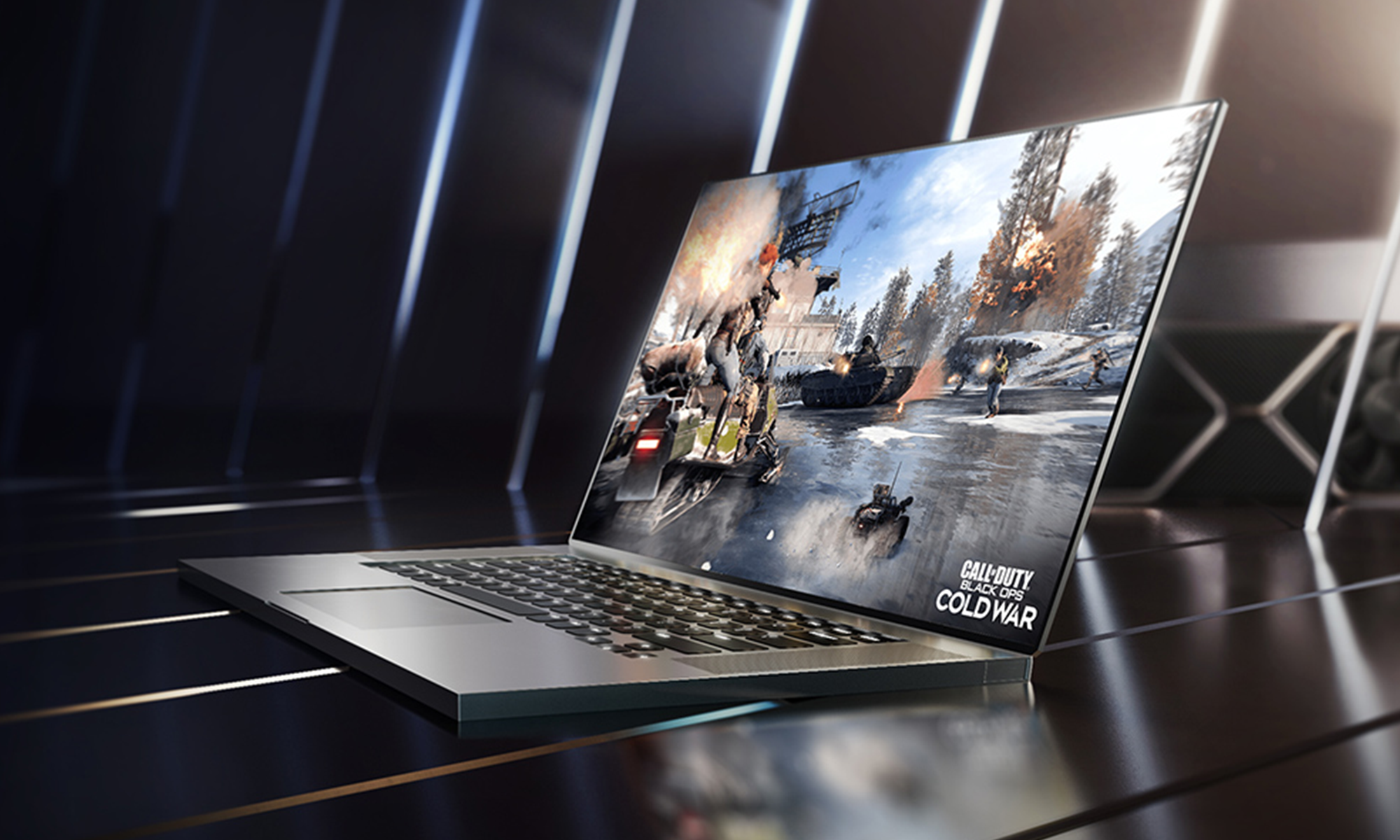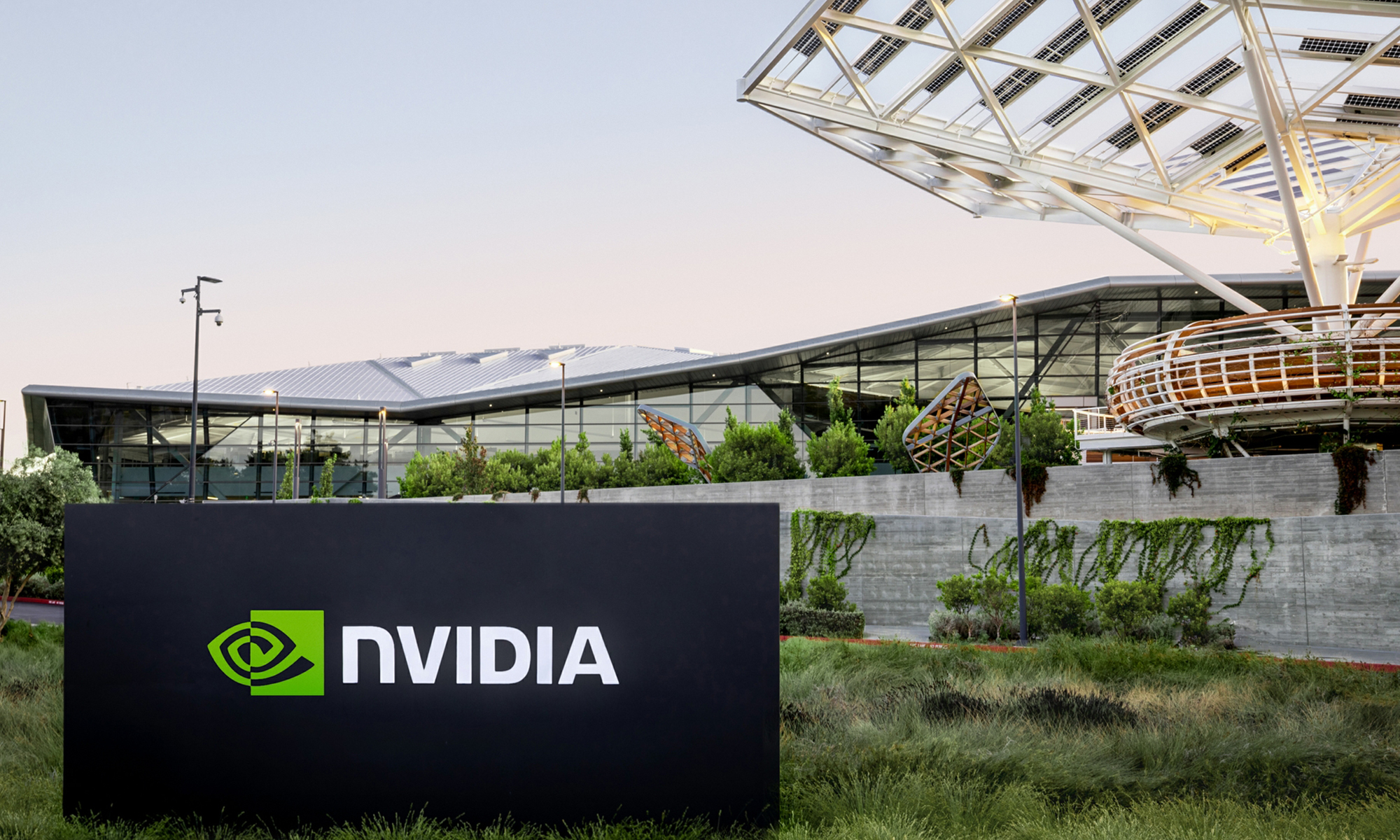When it comes to the performance, power, and area of a given computer chip, one of the biggest determinants is the transistor technology that it is built on. The ability to pack more components into a given area for the same cost has been the key driver of innovation in the world of computing, and NVIDIA's (NVDA +0.99%) graphics processing units have certainly benefited from this trend. However, as transitions to next-generation transistor technologies have become more difficult, chip design houses have needed to make better use of the technology that they have.
Say hello to NVIDIA's Maxwell
A couple of months ago, NVIDIA released a graphics card called the 750 Ti based on the Maxwell GPU. Maxwell is built on the same 28-nanometer high-K/metal gate manufacturing process that the prior-generation Kepler GPU was built on, but thanks to some pretty slick architectural improvements, NVIDIA was able to roughly double the amount of performance that it got per watt (this is a measure of power).

Source: NVIDIA via AnandTech.
It's not all about process technology
While NVIDIA is likely to show an even more dramatic performance/watt improvement as it moves this design to the 20-nanometer manufacturing node, the key takeaway here is that architecture -- that is the actual design and implementation -- is arguably more important a factor when it comes to energy efficiency than the underlying transistor technology.
Now, at some point, after you've optimized your design on a given process technology, you simply run out of ways to improve performance without blowing either your power or your financial budgets. However, as NVIDIA has shown here, it is unlikely that the first design on a given manufacturing technology node is the "optimal" one.
When do we get a high-end Maxwell?
The GTX 750 Ti is a superb low-cost discrete graphics card, but the question on PC gamers' minds is just when does the company plan on releasing a high-end version of Maxwell? The GTX 680 -- based on the Kepler architecture -- launched in April 2012 and its successor, the GTX 780 (also based on Kepler, but a beefier variant with more graphics cores), launched in May 2013. Neither NVIDIA nor archrival Advanced Micro Devices (AMD +0.88%) has announced new GPUs, but it would seem likely that both companies will be doing something at some point during the year.
Interestingly enough, AMD noted on a recent conference call that it would be releasing 20-nanometer product next year. NVIDIA and AMD have typically moved to new process nodes at roughly the same time (actually, AMD has traditionally been more aggressive on that front), so if AMD isn't releasing a 20-nanometer GPU this year, odds are good that NVIDIA won't, too. This leaves an interesting question: When, if at all, will NVIDIA launch a higher-end Maxwell?
A new 28-nanometer GPU in late 2014?
At this point, if NVIDIA or AMD plans to launch a new GPU architecture on 28-nanometer, these will probably launch in either Q3 or Q4. If this were to happen, then these products would either have a fairly short life cycle before being replaced by 20-nanometer variants during the first half of 2015 or the 20-nanometer products won't come until later in 2015.
At this point, it is unclear as to what path both NVIDIA and AMD will take here, but given that NVIDIA already did the work to bring Maxwell to the 28-nanometer node, it would be unusual to see them not fully leverage that investment with larger, high-end gamer-oriented products later this year.
Foolish bottom line
NVIDIA's Maxwell in the GeForce 750 Ti has proven to be a great product on a performance/watt basis and is a testament to the importance of strong micro-architecture and design. With 20-nanometer proving to be a 2015 proposition for most companies, it'll be interesting to see whether NVIDIA brings its Kepler design to the high end on 28-nanometer and, if so, how long those products will remain on top before the transition to 20-nanometer.






